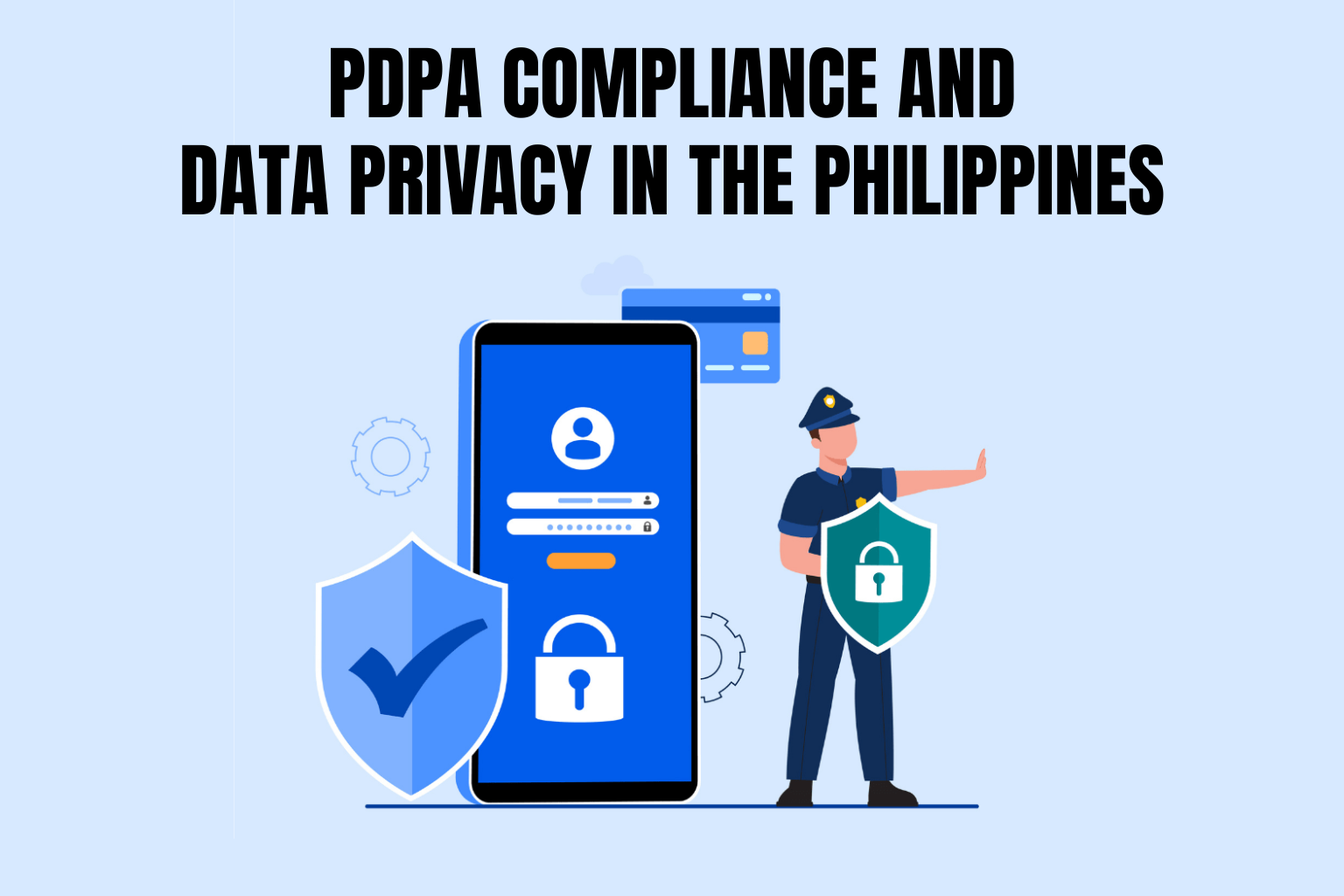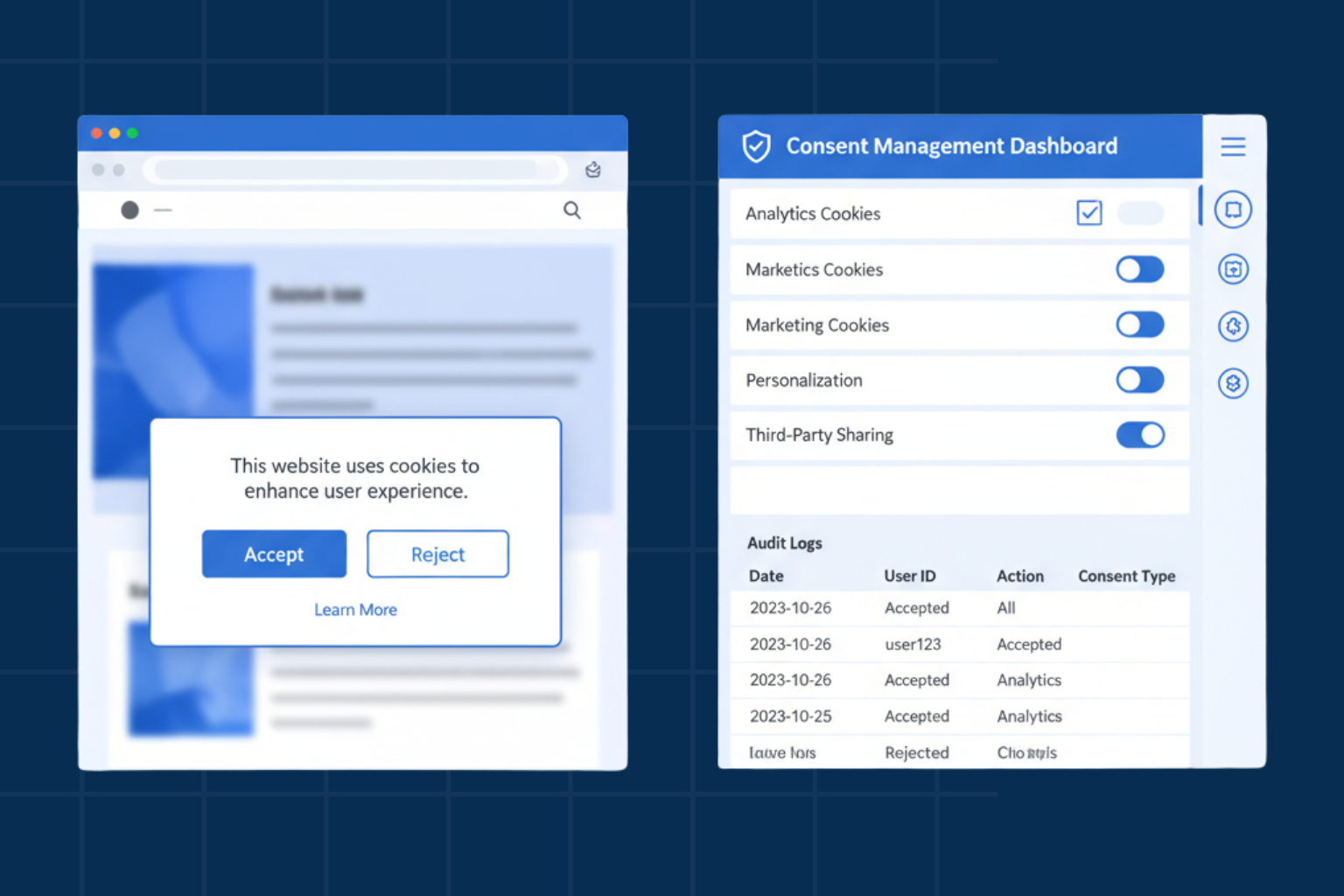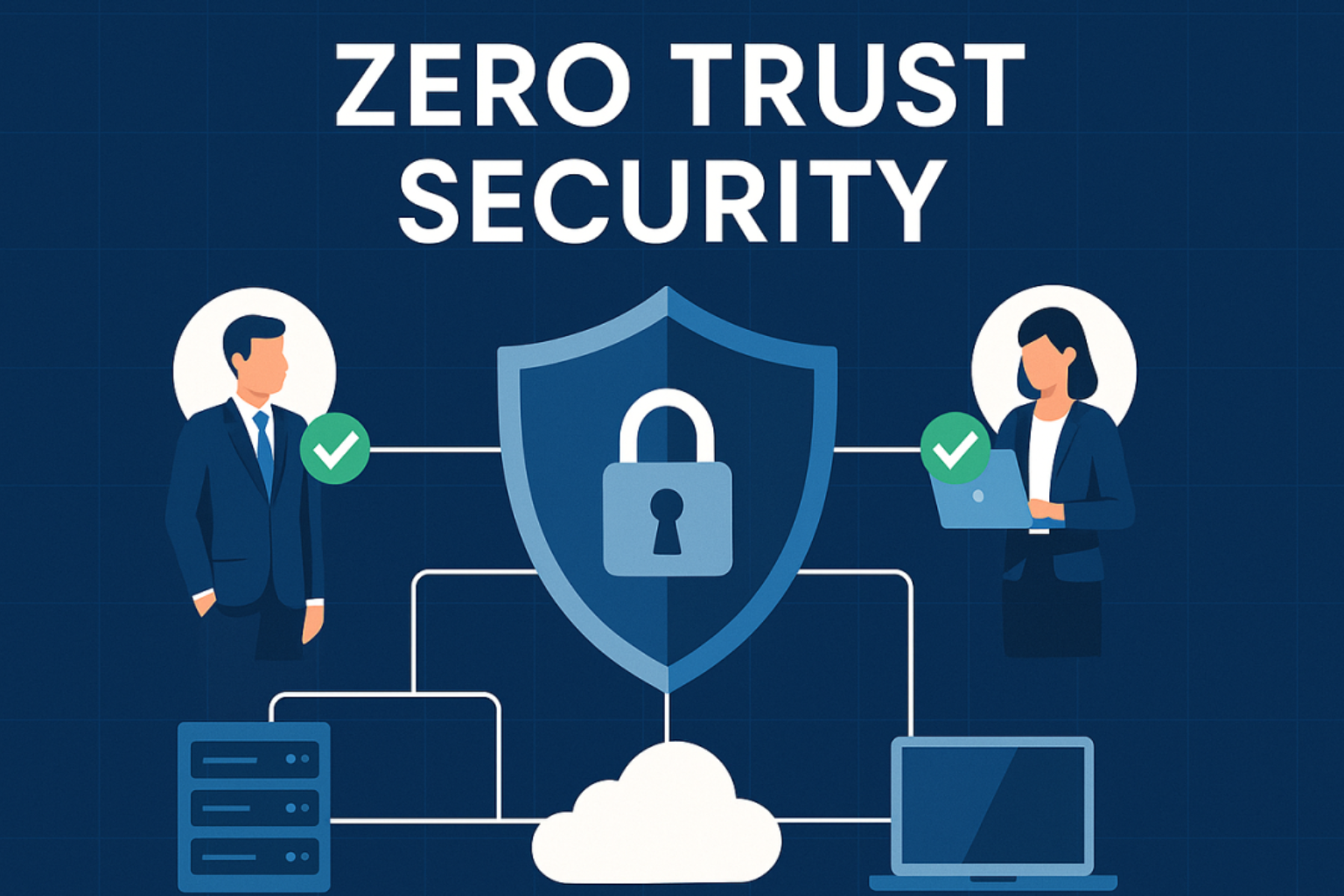
Third-Party Risk Management and Privacy: Why Collaboration Matters
In today’s interconnected business environment, every company relies on an ecosystem of suppliers, vendors, and service providers. These relationships create efficiency and value, but they also introduce risk. A single breach or compliance failure in the supply chain can trigger reputational damage, financial losses, and regulatory scrutiny.
Organizations are recognizing this reality and prioritizing investments in Third-Party Risk Management (TPRM) programs. As regulations like the Digital Operational Resilience Act (DORA) in the EU demonstrate, businesses must go beyond monitoring their immediate vendors and also trace risks hidden in fourth and nth parties across the supply chain.
Senior leaders, including CEOs, Chief Privacy Officers (CPOs), and Data Protection Officers (DPOs), are increasingly realizing that privacy and risk management must work hand in hand. A unified TPRM strategy enables visibility, accountability, and resilience.
How Third-Party Risk Impacts Privacy Teams
When organizations collaborate with third parties, they inevitably give up some control over sensitive data, including customer information. Even though third parties may handle or process the data, the responsibility for protecting it remains with the organization.
Data privacy laws such as GDPR in Europe and state-level privacy regulations in California, Colorado, Utah, Virginia, and Connecticut emphasize this accountability. If a third party mishandles personal data, the contracting organization can still be held liable.
Privacy teams must therefore ensure:
- Third parties comply with “do not sell or share my data” requests.
- Customer data processing activities by vendors are transparent and documented.
- Data transfers, especially cross-border ones, do not create compliance risks.
To achieve this, privacy teams rely on data mapping. By documenting who data is shared with, what type of data is shared, and where it flows, they can pinpoint risks. These insights also inform TPRM strategies, especially when third parties provide multiple services with different data processing activities.
How TPRM Teams Support Privacy Teams
Just as privacy teams bring valuable data maps to the table, TPRM teams hold a wealth of information through their third-party inventory. This inventory, built during due diligence and ongoing monitoring, often includes:
- Security certifications and compliance evidence.
- Data protection safeguards implemented by third parties.
- Findings from vendor risk assessments.
Sharing this information helps privacy teams perform Privacy Impact Assessments (PIAs) more effectively. Instead of duplicating work, they can leverage TPRM insights to identify risks, prioritize mitigation, and maintain compliance.
Moreover, automation within TPRM programs can streamline collaboration. For example, if a third-party review flags insufficient data privacy protections, automated workflows can instantly notify the privacy team. This ensures real-time awareness and faster response.
The Shift Toward Holistic Third-Party Management
Companies are no longer limiting themselves to reactive third-party risk management. They are moving toward holistic third-party management, where risk, compliance, and business performance are aligned. This approach requires:
- Collaboration between privacy and TPRM teams.
- Centralized visibility into vendor risks.
- Proactive compliance with evolving global regulations.
By breaking silos and sharing insights, both teams can achieve their shared goal — protecting data, minimizing risk, and building trust.
Conclusion
In an era where third-party ecosystems are expanding rapidly, organizations cannot afford to treat privacy and risk management as separate functions. A single third-party incident can create ripple effects across the supply chain, damaging trust, triggering regulatory action, and harming reputation. By aligning the efforts of privacy and TPRM teams, businesses gain a unified view of risk, ensure compliance with global data protection regulations, and build long-term resilience.
At Redacto, we help organizations bridge the gap between privacy and third-party risk management through advanced tools, data-driven insights, and automated workflows. Our solutions empower teams to collaborate seamlessly, maintain compliance, and safeguard sensitive data while keeping pace with evolving regulations. Together, we make your third-party ecosystem more secure, transparent, and resilient.
FAQs
1. Why is TPRM important for privacy teams?
Because third parties often process sensitive customer data, any weaknesses in their privacy practices could expose the contracting organization to regulatory fines and reputational damage. TPRM ensures that privacy standards are upheld across the supply chain.
2. How does data mapping support third-party risk management?
Data mapping helps privacy teams track what data is shared, with whom, and for what purpose. When shared with TPRM teams, these insights make it easier to identify risks and ensure compliance with data protection laws.
3. What role do privacy regulations play in third-party risk?
Laws like GDPR and state-level U.S. privacy regulations hold organizations accountable for how their third parties handle customer data. Non-compliance by a vendor can still result in penalties for the organization.
4. How can organizations improve collaboration between TPRM and privacy teams?
They can establish shared workflows, automate risk alerts, and exchange critical insights like data maps (from privacy teams) and vendor inventories (from TPRM teams). This ensures consistent oversight and faster mitigation of risks.
5. What’s the future of TPRM?
Organizations are shifting from risk-only programs to holistic third-party management, where vendor performance, compliance, and resilience are managed in an integrated way. Collaboration between privacy and risk teams is central to this evolution.




%20Redacto%20logo_New.png)





.jpg)


.jpg)